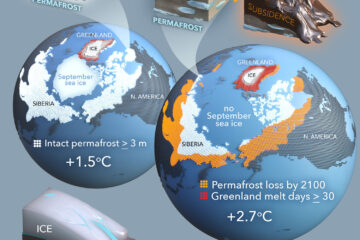Differences in the rhizosphere effects among trees, shrubs and herbs in three subtropical plantations and their seasonal variations
Unique soil properties in rhizosphere can affect plant growth and biogeochemical cycles of ecosystems. While rhizosphere has been widely investigated, little is known about differences in the rhizosphere effect (RE) between co-existing overstory trees and understory shrubs and herbs in forest ecosystems. In this study, we investigated REs on soil chemical properties of overstory trees and understory shrubs and herbs in forest plantations of southern China. Bulk soil and rhizospheres were sampled in April, July and December 2017. Soil pH, nitrate and ammonium nitrogen, dissolved organic carbon, available phosphorus, total carbon, total nitrogen, and total phosphorus were tested. The REs were defined as the ratios of the chemical properties of the rhizospheres to those of the bulk soil. Our results showed that pH was lower and nutrient contents were higher in the plant rhizospheres than the bulk soil. REs were generally larger in trees than understory plants. The REs were larger in July than April and December. Our findings indicated that the RE varied among plant life forms, species and sampling times, emphasizing the functional role of the RE of understory vegetation in subtropical forests.


